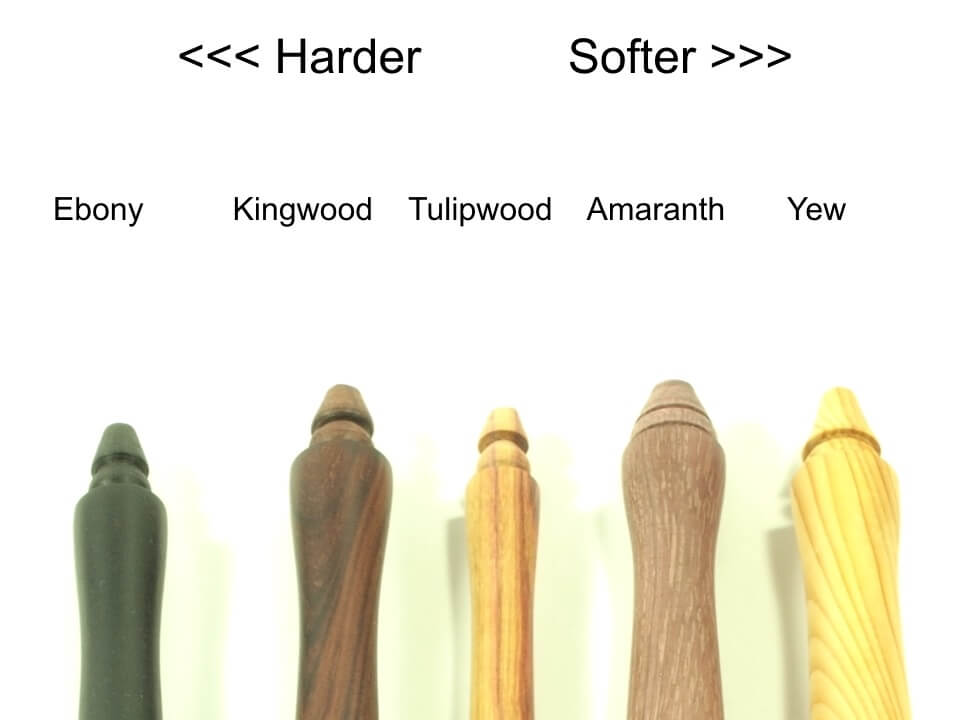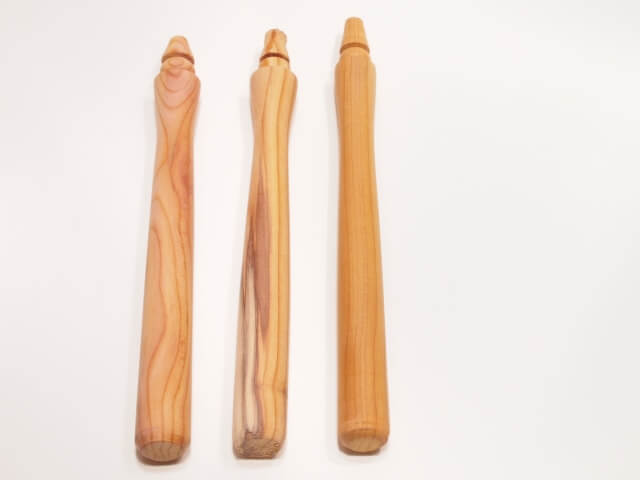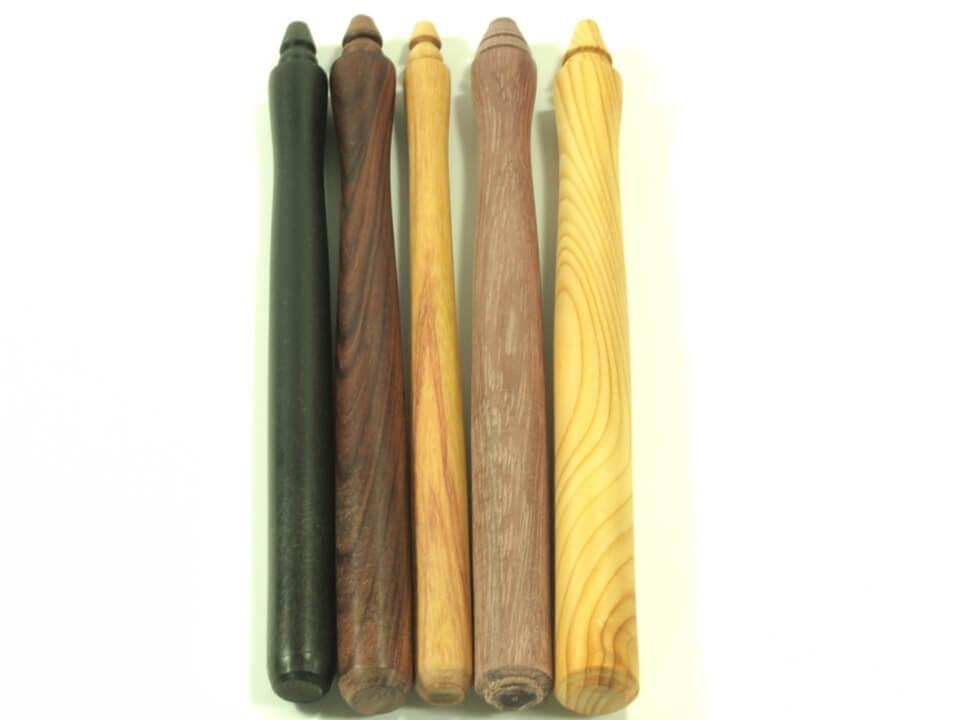Frank Perry Sacred Yew Wand
u FPy Frank Perry Sacred Yew Wand
For all size bowls Handcrafted in England
Sacred yew wands are a creamy color with a light grain. Yew is a soft, relatively light and flexible wood. These characteristics give it the ability to play the deeper tones in singing bowls. The softness and flexibility of yew gives this wand the ability to play rougher edges quietly.
All over England you will see Yew planted by the old churches surrounded by headstones – and even around pre-Christian sites. Yews are the longest living tree in the old world, something the monks and Druids must have tuned into. The yew was one of the few native trees in Old England to be green all year round, that too, would have marked it as a potent symbol. I really like the idea of having an instrument made from the sacred tree of low and boggy England revealing the deeper qualities of a sacred singing bowl from the arid high Himalayas.
Frank Perry has one of the oldest and largest antique singing bowl collections in the United Kingdom. He is a master at bringing out individual tones from bowls. One of his secrets are small wands made from fine wood that he hand turns on a lathe at his home in the south of England. The wands are smooth to the touch and finished with a with a nice flair on top.Even though the wands are small – six inches long and no more than half an inch in diameter – they are very powerful. You might think such a small item can be used only on small bowls. While it is true it is easier to use them on small bowls, unlike the Nepali ringing sticks Frank’s tiny wands can bring amazing sounds out of the largest singing bowl.
Frank’s wands require a light and steady touch. With some smaller bowls these wands will allow you to isolate and magnify hidden tones. Once you get the hang of them they are incredible instruments.
















